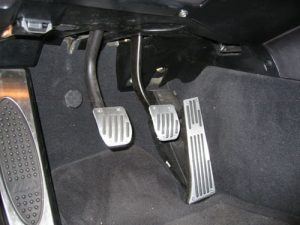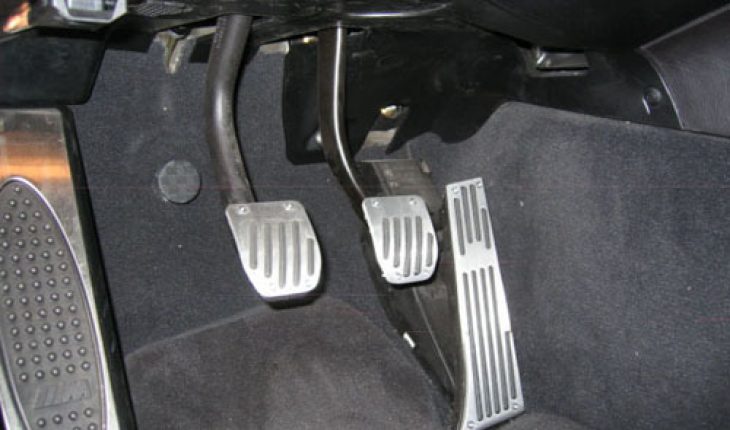Between downshifting or braking, braking is almost always preferable. It saves your clutch from wear and tear. But if you’re headed downhill, downshifting is the better option.
When to Downshift
The only time you should downshift is when you’re traveling a hill downwards. It will wear out the clutch but it’s still the better choice. You can use the brakes, but it will generate a lot of heat. Eventually it will cause the brake fluid to boil. The end result is difficulty handling the car. However, this is the only situation you should downshift.
Brake vs. Clutch Repair Jobs
The biggest argument in favor of braking is you’ll only wear out the brakes. That’s okay since they are cheaper to replace. If between downshifting or braking you pick the former, you’ll end up needing to replace the clutch. This is very costly. If money isn’t a concern, you can use them with the brakes. Otherwise, stick with the brakes.
Braking Properly
Don’t just go neutral however. Wait until you approach 10 to 15 mph. This will be the time the engine starts lugging. Throw the clutch and go into second. When you stop, move into neutral. Now release the clutch.
During the 1960s, downshifting was preferred and for a good reason. The automobiles then used manual drum brakes. These weren’t very effective in getting you to a full stop. But today’s cars have power disk brakes. This makes it easy to stop the car completely.
If you ask car mechanics what is better downshifting or braking, they’ll point to the latter. The power disk brakes are the main reason why. From a technical and financial point of view, it is simply the better choice.
Braking is More Efficient
The only reason some drivers prefer downshifting is it provides more control. If you just downshift, you maintain the gear needed for the desired speed. But this is really more of an excuse than anything else. In terms of safety and efficiency, braking must be used.
If you have a new car, relying on the downshift probably won’t cause wear and tear at least in the short term. But if choosing between downshifting or braking will be based on reducing costs, go with the brakes.
Downshift only when going downhill. If you’re pulling something heavy, downshifting will help. Braking too much might lead to overheating.
Engine Stretching
Another problem with excessive downshifting is it affects the engine. What happens is that the action disrupts the engine’s timing chain and belt. The end result is stretching.
Even if you use brakes regularly, wear out doesn’t happen that often. Most of the time wear and tear takes place only when braking at the last possible moment.
If you avoid this, wearing them out will take time. Even when do they wear out, replacing it is easy. Unless you’re a car expert, trying to replace a clutch is almost next to impossible.
If you are still choosing between downshifting or braking, go with braking. It isn’t as exciting, but it will save you more money down the line.

